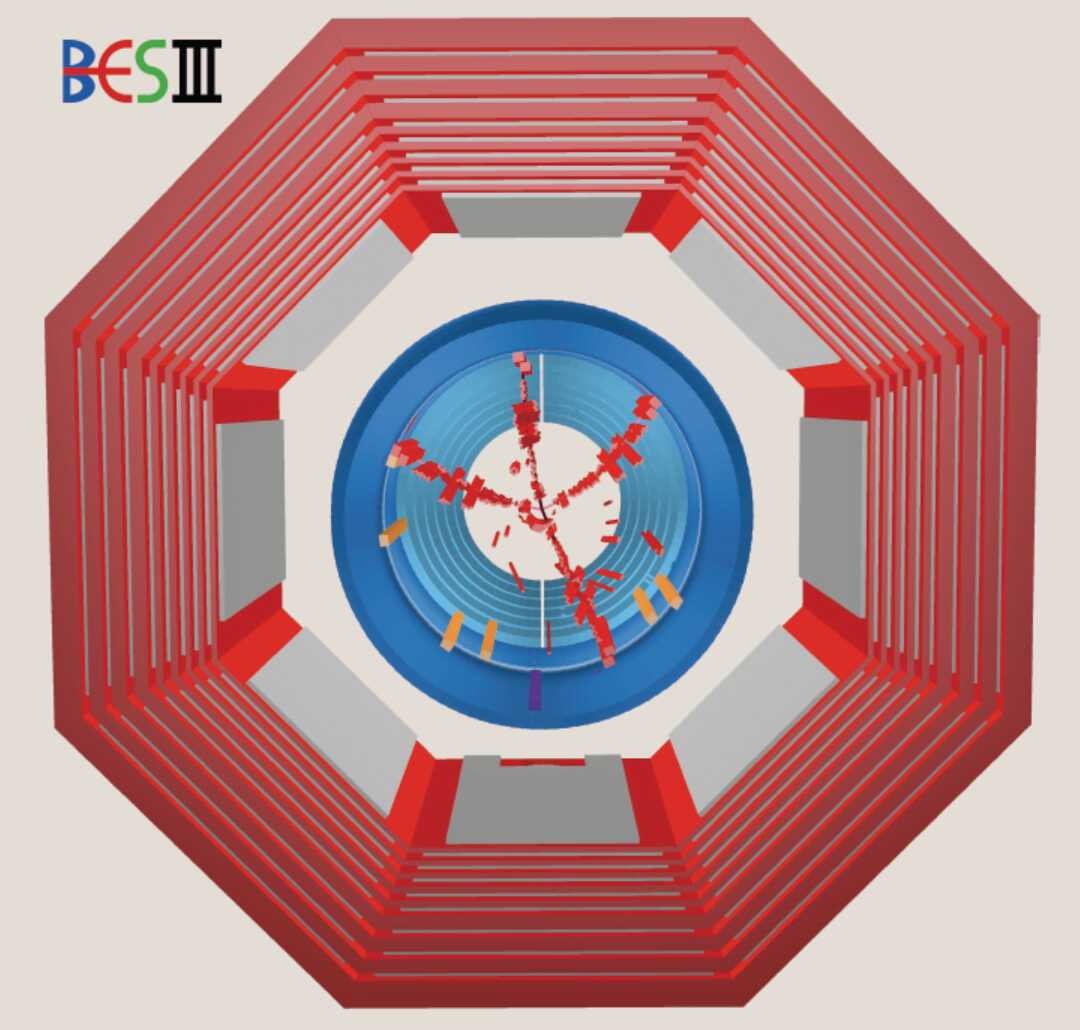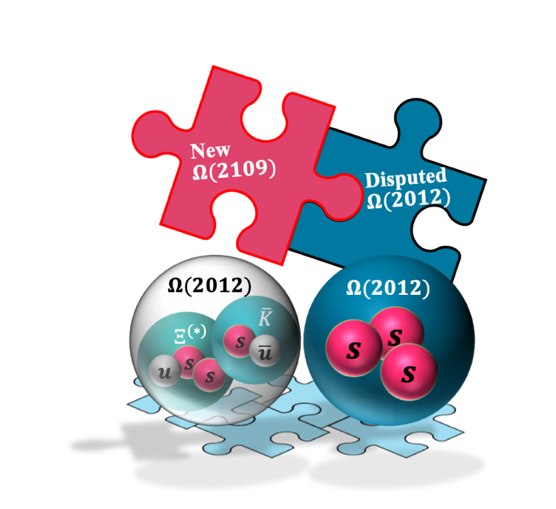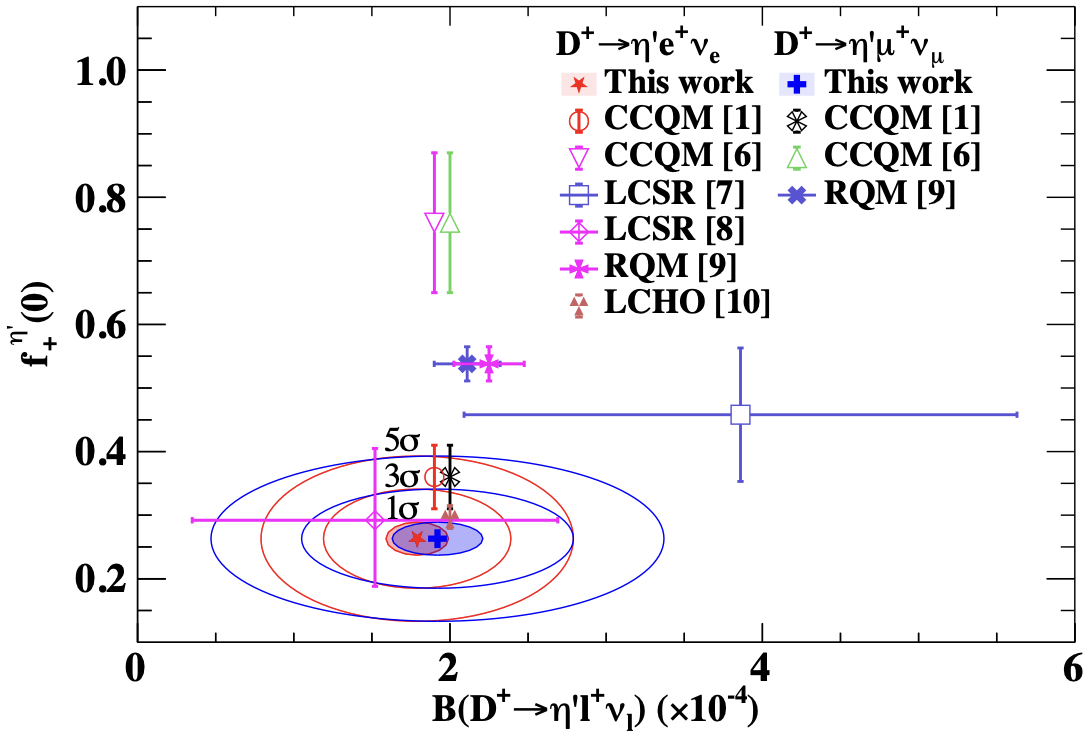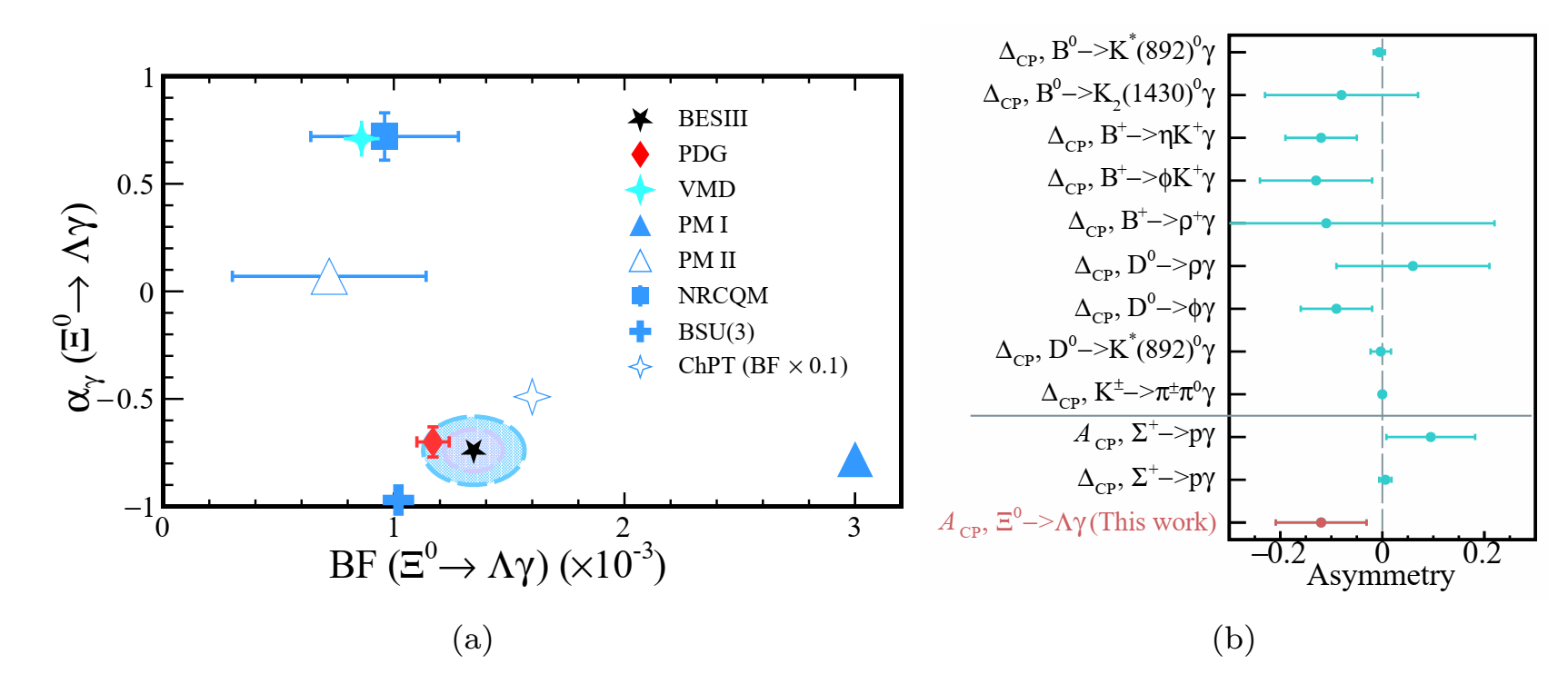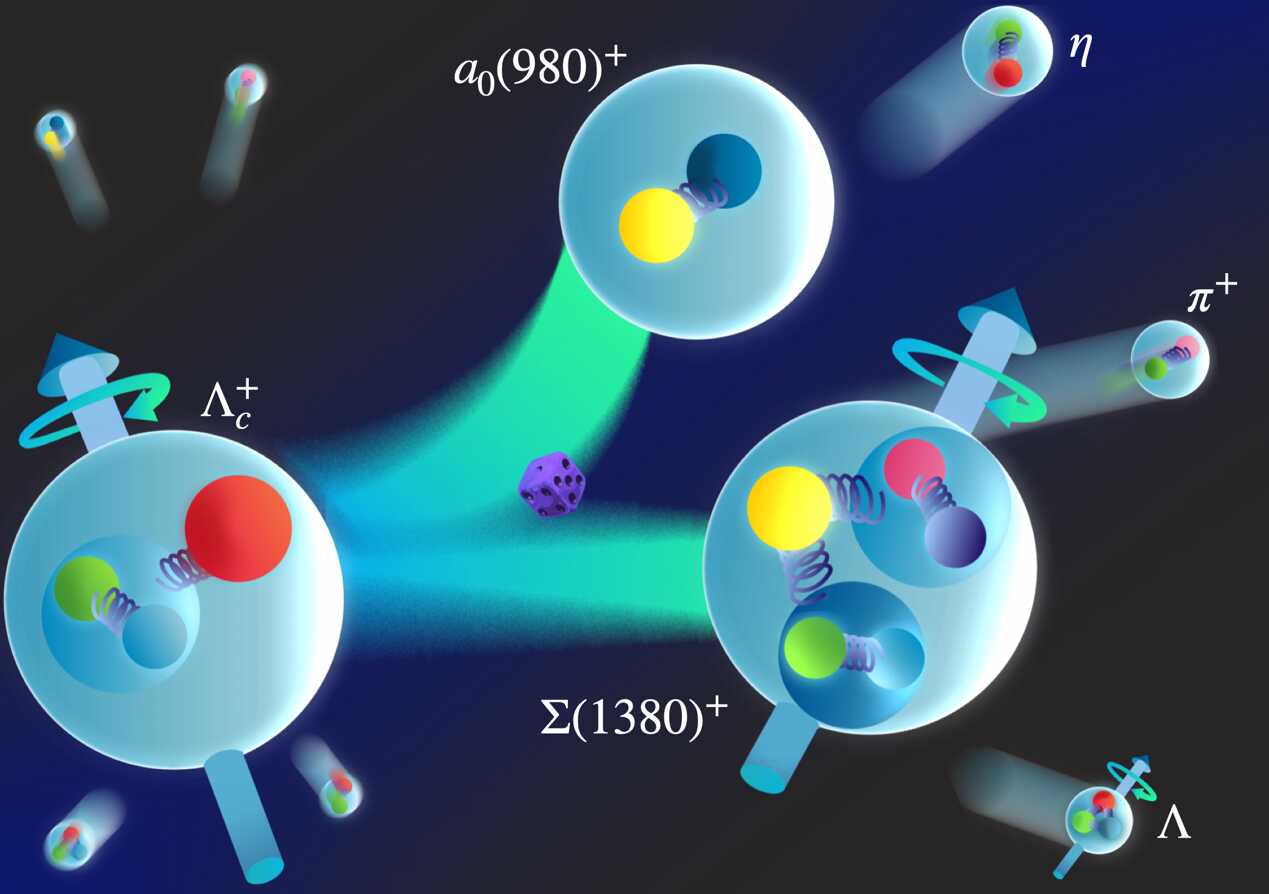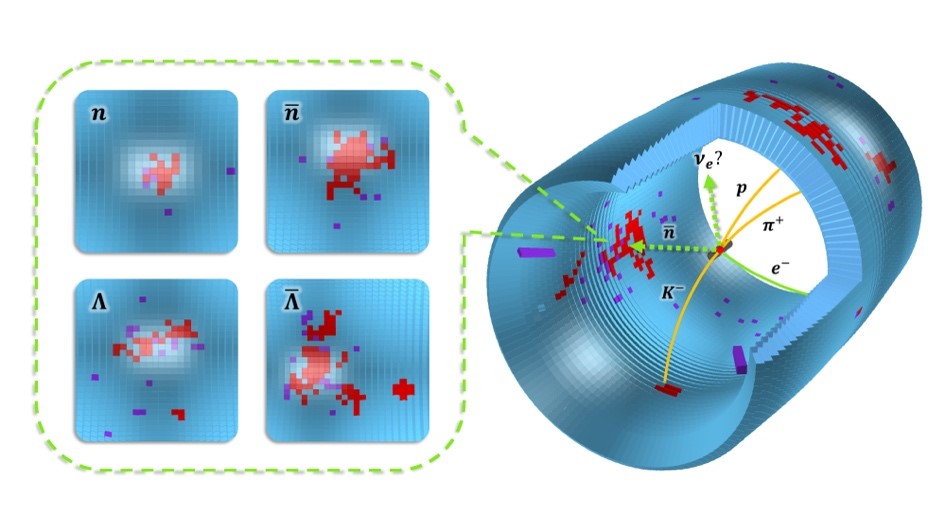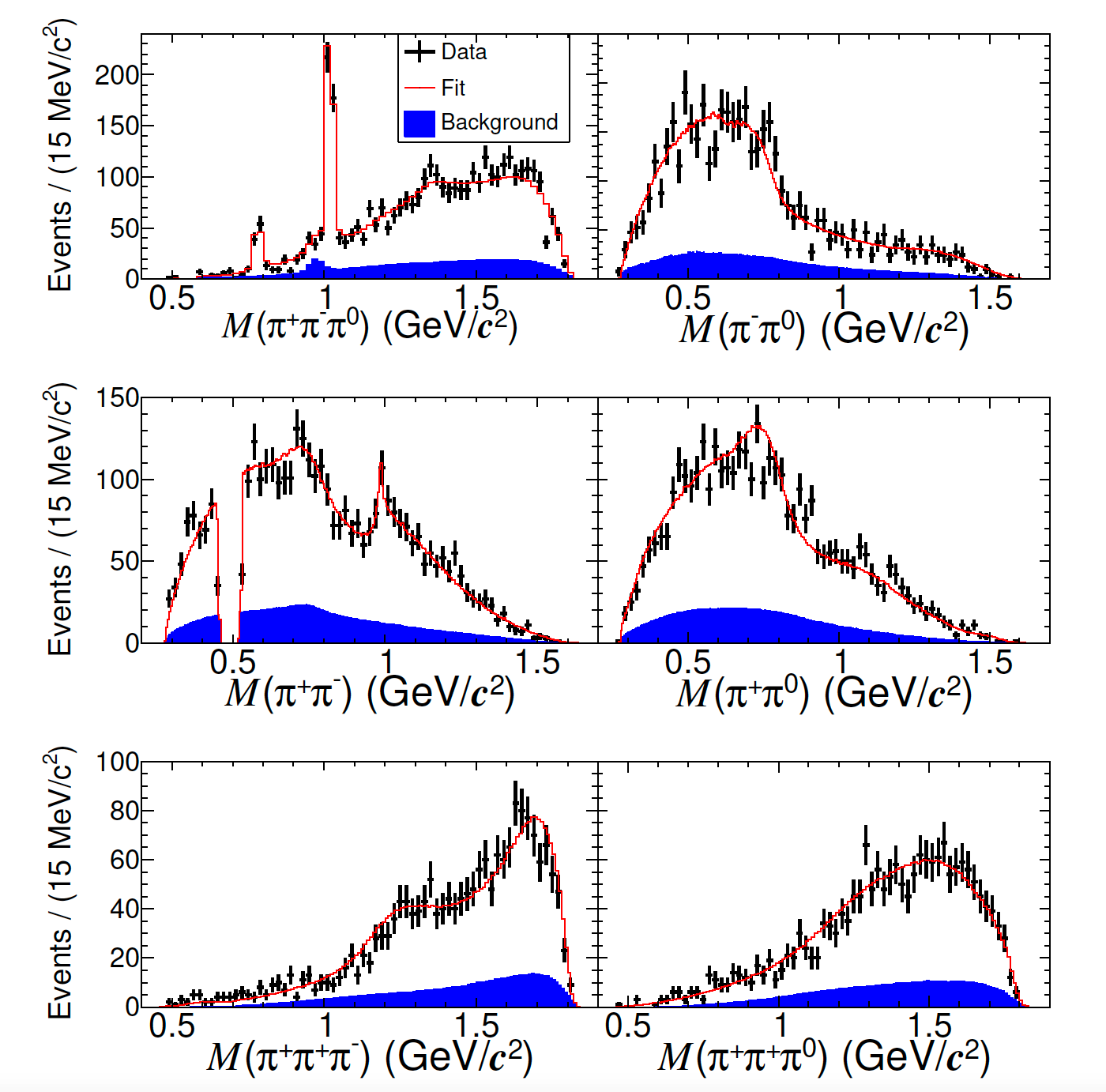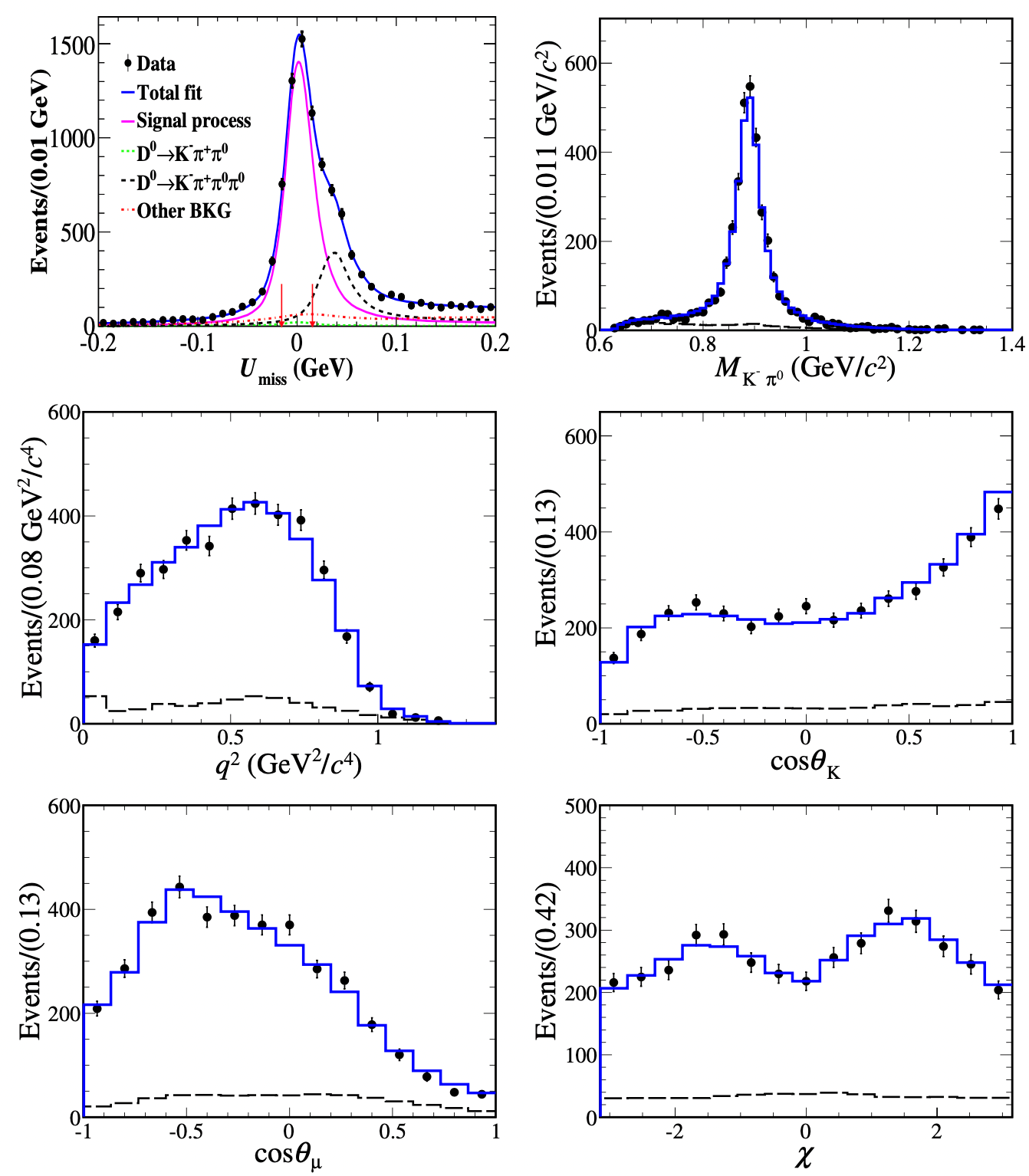The X(2370) paper from the BESIII experiment was selected into PRL Collection of the most important papers in 2024
In 2024, the Spin-Parity quantum numbers of the X(2370) particle was determined to be 0-+ for the first time by the BESIII collaboration and its mass is found to be consistent with the theoretically predicted mass of the lightest pseudoscalar glueball. This important experimental measurement supports the interpretation of the X(2370) as the lightest pseudoscalar glueball and it was published in the journal of Physical Review Letters (PRL) on the 2nd of May, 2024 as PRL Editor's Suggestion (PRL 132 (2024) 181901). Recently, this letter was selected into the Physical Review Letters Collection of the Year 2024, i.e., the most important papers in 2024.
